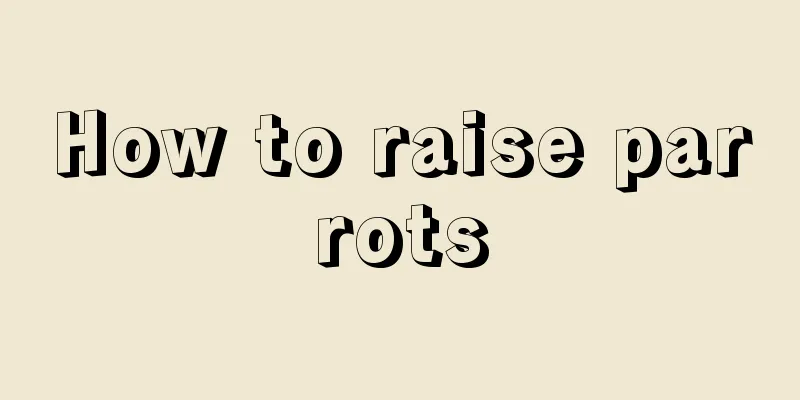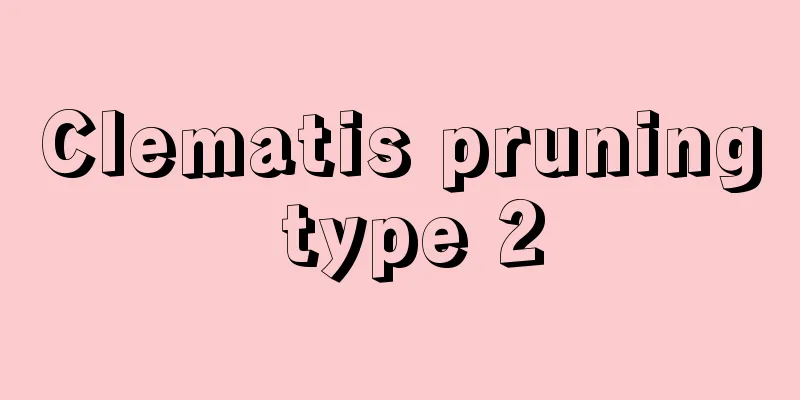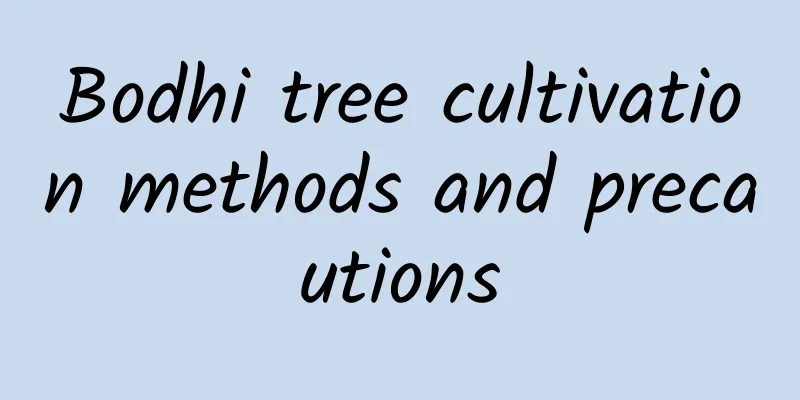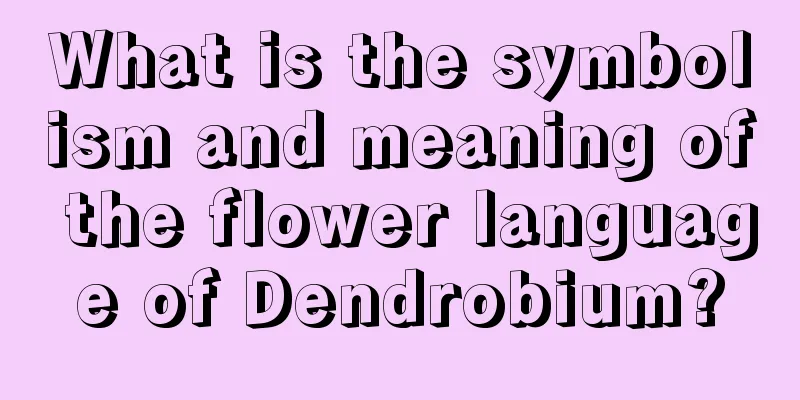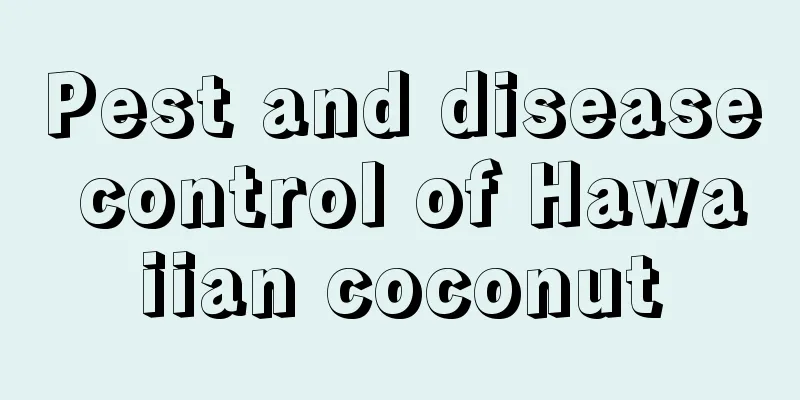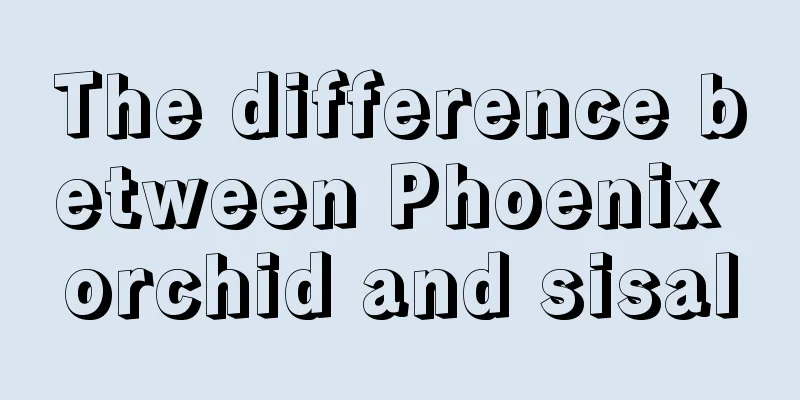Pests of Dichondra chinensis and their control
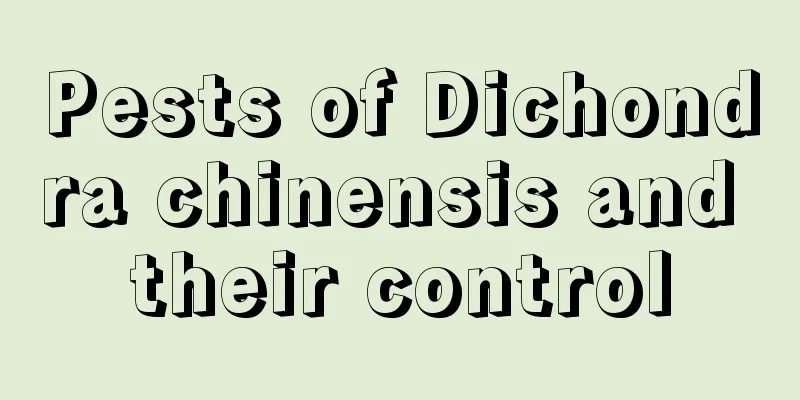
Horseshoe beetle encounters scarab beetles and mothsThe leaves of the turf grass of the Chinese horsetail are relatively tender and have a high juice content. They are generally severely attacked by the larvae of beetles, grubs, and the larvae of armyworms. When beetles and armyworms are found on the horsetail, the insects can be controlled by taking advantage of their phototaxis and chemotaxis during the adult emergence period, using black light, poison bait, and poisonous weeds to lure and kill them, thereby reducing their egg-laying capacity. To treat the larvae and grubs of scarab beetles, you can use 1000 times diluted 50% phoxim and spray the lawn of the horsetail. For the armyworms and larvae of noctuid moths, spray 1000 times diluted 40% omethoate for prevention and control. Repeat the spraying once on the second day after spraying for the best effect. You can also consider using the insecticide chlorpyrifos. Dioscorea paniculataThe grass borer is a serious pest to the lawn of the Chinese knotweed, eating the grass roots and stems, cutting off the plant's water supply, causing the stems and leaves to turn yellow and eventually die. When the grass borer appears in the horsetail, it can be killed with a black light, lured and killed with a sweet and sour liquid, or sprayed with 1000 times diluted 40% Lorsban. Dioscorea paniculata encounters cutwormCutworms are pests that feed on young stems and leaves, preventing the lawn from growing normally. In severe cases, they can cause the death of entire plants. When the Chinese horsetail is attacked by cutworms, it can be sprayed with 50% diazinon emulsifiable concentrate or 25% carbaryl wettable powder. The sharp-headed locustThe pointed-headed grasshopper mainly chews leaves and tender stems. When the outbreak is serious, all the stems and leaves of the Chinese horsetail will be eaten. The damage is most serious from June to August every year. When the pointed-headed grasshopper harms the horseshoe grass, you can use 0.5 kg of dichlorodiphenyltrichloroethane or DDT added to 500 kg of water to spray it, or you can concentrate manpower to kill it in the morning. |
<<: Passion fruit pests and control methods
>>: Common Pests of Golden Button and Their Control Methods
Recommend
How long does it take for garlic to sprout?
Garlic , as a common vegetable , is not only rich...
What does the blooming gardenia mean?
1. Related to the language of flowers (1) Eternal...
How to use water correctly for hydroponic Clivia
Water selection When growing Clivia hydroponicall...
How to grow gerbera and what to pay attention to How long can gerbera live in water
Gerbera is relatively easy to grow. Generally, it...
Common diseases and pests of bayberry and their control methods
Bayberry diseases Brown spot symptoms Needle-size...
Why do gardenia buds fall off before opening?
Every June and July, gardenias usually enter a se...
Flowering management and appreciation of Songmei
Flowering period and management of Songmei Songme...
What to do if the leaves of Chlorophytum are too tender
1. Why are the leaves too tender? If the leaves a...
The efficacy and function of corn
1. Skin care and whitening Corn contains a large ...
Can succulents be exposed to rain?
Not recommended for rainy weather 1. If the weath...
Add some small tablets when watering the flowers, the leaves will not turn yellow for 365 days, and the flowers will grow to 2 meters tall!
Throw aspirin into the basin, and the leaves will...
What is rooting water and how to use it
What is root water? Rooting water refers to the w...
Water and fertilizer management tips for sweet alyssum
Water and fertilizer management tips for sweet al...
Succulents are most afraid of it in winter, so flower lovers should pay attention!
1. Frost In fact, many succulents are most afraid...
The most fragrant flowers for indoor potted plants
1. Jasmine There are many varieties of jasmine, m...

